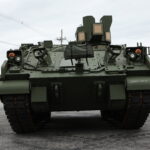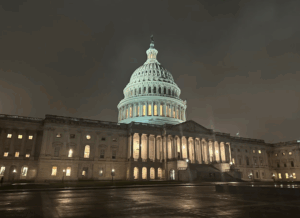
The Senate’s top defense appropriator said the Pentagon will require a “bigger number” for its fiscal year 2025 budget topline than the nearly $850 billion requested, cautioning the imposed one percent spending increase could hinder modernization efforts. “The [Senate Appropriations Defense Subcommittee] Ranking Member [Susan] Collins (R-Maine) and myself think we need a bigger number. And the reason for that, and you know this better than I, is because if we’re going to invest in future technologies, this number has…

 By
By 











